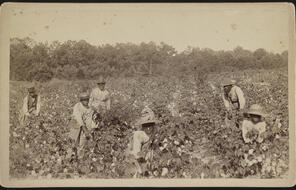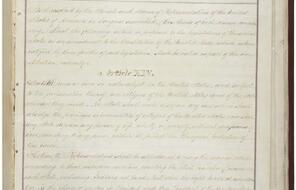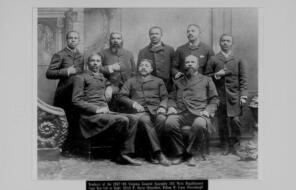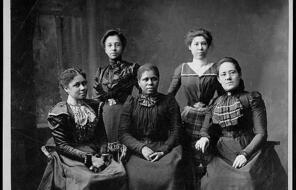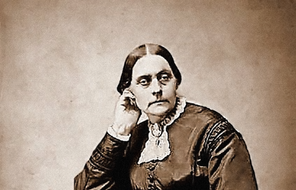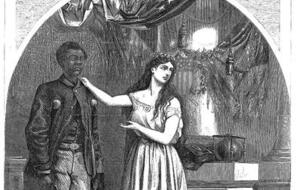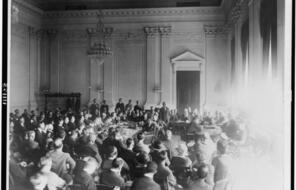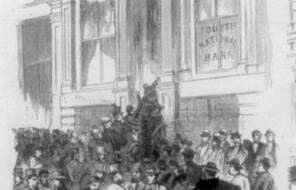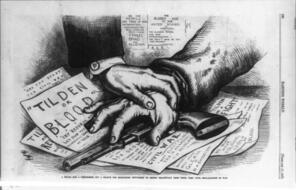Segregation and Precipitating Events
At a Glance
Subject
- History
- Social Studies
- Human & Civil Rights
- Racism
This excerpt is taken from a 2006 investigation published by the Federal Bureau of Investigation (FBI). In May 2004, the FBI reopened the investigation of Emmett Till’s murder to determine whether other individuals were involved, working with the Mississippi District Attorney, the U.S. Attorney, federal attorneys, and local law enforcement. In 2006, the FBI closed the case, declaring they were not able to make new charges and citing the five-year statute of limitations 1 on federal criminal civil rights violations.
In 1955 the state of Mississippi was a segregated society, as was most of the South. After the Civil War many states had enacted laws, termed “Jim Crow” or “Black Code,” to maintain a separation of black and whites in the use of certain public facilities. By 1907 the list of public places where segregation was mandatory included theaters, water fountains, street cars, boarding houses and other public institutions. By 1955 segregation of the races was a core concept that permeated almost every aspect of Mississippi Delta society.
In the Mississippi Delta, separate black and white public bathroom facilities, drinking fountains, restaurants and other means of keeping the races apart were the norm. It was common for black persons to refer to white persons as “Mr.,” “Mrs.,” “Miss,” “Sir,” or “Ma’am,” however, it was out of the norm for a white person to refer to a black person in kind. Blacks avoided contradicting whites, did not offer to shake the hand of a white person first, commonly talked with their eyes turned down to the ground when speaking to whites, did not speak unless spoken to first by whites, and commonly used the back door when entering white homes. When purchasing items from a white store owner, blacks did not normally place the money directly into the white person’s hand; instead they would place the money on the counter. This exchange avoided skin contact between blacks and whites. Change would be returned to blacks without making skin contacts as well. 2


